
Title!


Write your daily summary last, at the end of the day here… Only one to two sentences.

Watch How Rhythm Works (47 minutes)
Write notes of topics you want to remember.
Step 1: Watch Drum Arrangements Made Simple and learn how to create a simple groove and fill-ins.
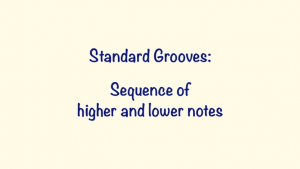



Step 2: Learn how to Arranging Drums in Hookpad
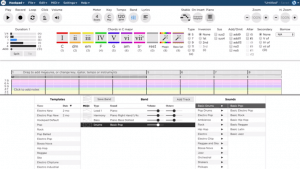
Step 3: (Optional) Explore Advanced Drum Arrangements in Hookpad.
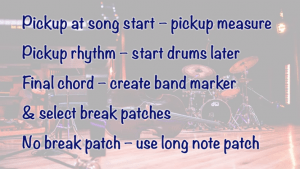
How was this activity? Write a reflection on what you did and learned.
Time for the right hand to take center stage (if you are a right-handed guitar player).
Watch Mike Palmisano show you how to play guitar like a drummer.

Find a Funklet beat you like.
On guitar, play along with the beat trying Mike’s guitar strumming technique.
Write a brief reflection on how both of these exercises are working.
A Side Note
- Funky Drummer– Clyde Stubblefield
- Resampled so so so many times
- EXAMPLE: Sinéad O’connor – I am Stretched on your Grave
Flip through the Quizlet on Rhythm Terminology flashcards a couple times.
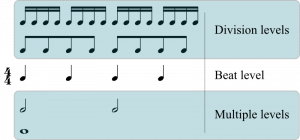
After playing with Quizlet, go for a walk and think about the rhythm of your steps. How many beats per minute is your walk/pace/cadence? What is the tempo of some of your favorite songs? How many beats per minute is your favorite tempo?
Write a brief reflection on your mental meanderings.

Funklet is back! This time in the studio. Pick a drummer. Play around with their a beat with Funklet’s editing options. Play a rhythmic guitar strumming pattern over the beat. Practice playing in time with the beat. Try muting the strings and keeping tempo, chucka-chucka style.
Watch Mr. Le Duc’s tutorial, if you get stuck with any of these steps.
Funklet is back, AGAIN! This time in the control room. Pick a drummer. Export the MIDI file and import it into Soundtrap. Record a rhythmic guitar strumming pattern over the beat.
Watch Mr. Le Duc’s tutorial, if you get stuck with any of these steps.
Tell your daily story here! Highlight what you learned and enjoyed most. Problem-solving is one of the most important skills you need in life. Employers want to know HOW you get stuff done as much as WHAT you got done.
Write your daily summary last, at the end of the day here… Only one to two sentences.
Watch How Melody Works (47 minutes)
Write notes of topics you want to remember.
Watch the tutorial and write the melody to twinkle twinkle.
How was this activity? Write a reflection on what you did and learned.
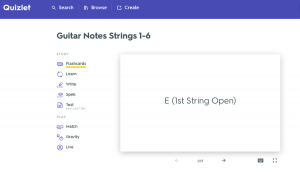
Watch Elizabeth Gilbert discuss creativity. Write anything you found interesting and useful.
OPTIONAL TODAY: Go for a walk and think about what she shared.
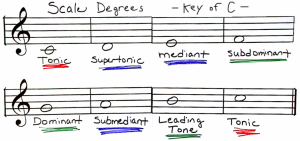

Mr. Le Duc’s Key of C Major Notes and Chords Chart (PDF)
Tell your daily story here! Highlight what you learned and enjoyed most. Problem-solving is one of the most important skills you need in life. Employers want to know HOW you get stuff done as much as WHAT you got done.
Write your daily summary last, at the end of the day here… Only one to two sentences.
Watch How Melody Works (47 minutes)
Write notes of topics you want to remember.
Watch the tutorial and write the melody to twinkle twinkle.
How was this activity? Write a reflection on what you did and learned.

Watch Elizabeth Gilbert discuss creativity. Write anything you found interesting and useful.
OPTIONAL TODAY: Go for a walk and think about what she shared.


Mr. Le Duc’s Key of C Major Notes and Chords Chart (PDF)
Tell your daily story here! Highlight what you learned and enjoyed most. Problem-solving is one of the most important skills you need in life. Employers want to know HOW you get stuff done as much as WHAT you got done.
Write your daily summary last, at the end of the day here… Only one to two sentences.
Watch How Melody Works (47 minutes)
Write notes of topics you want to remember.
Watch the tutorial and write the melody to twinkle twinkle.
How was this activity? Write a reflection on what you did and learned.

Watch Elizabeth Gilbert discuss creativity. Write anything you found interesting and useful.
OPTIONAL TODAY: Go for a walk and think about what she shared.


Mr. Le Duc’s Key of C Major Notes and Chords Chart (PDF)
Tell your daily story here! Highlight what you learned and enjoyed most. Problem-solving is one of the most important skills you need in life. Employers want to know HOW you get stuff done as much as WHAT you got done.
Write your daily summary last, at the end of the day here…
Only one to two sentences.
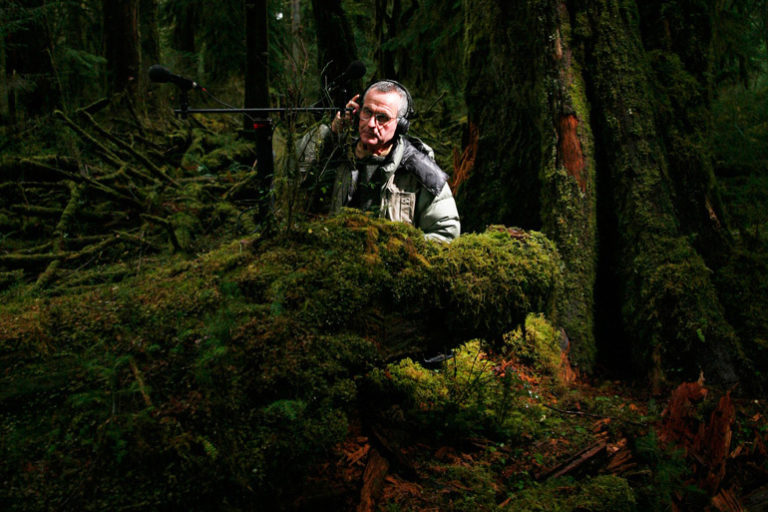
Listen to https://onbeing.org/programs/gordon-hempton-silence-and-the-presence-of-everything/
Watch 3-minute video preview: https://www.hrmvideo.com/catalog/listen-smart-safely-handling-the-power-of-sound
Copy and paste the notes below and add details that you found interesting…
Write learning reflection here…
Write learning reflection here… and explore some songs at https://www.hooktheory.com/theorytab
Set a STRETCH goal here…
Write notes here…
Write notes here… and experiment with your blog. Maybe change the theme? Have fun!
Start Soundtrap.com expert training here…
https://academy.soundtrap.com/p/soundtrap-expert
Finish Soundtrap.com expert training here…
Insert your certificate when you finish by clicking the ADD MEDIA button above, uploading a picture of your certificate, and placing it where Mr. Le Duc’s image is below. (Remove Mr. Le Duc’s image)
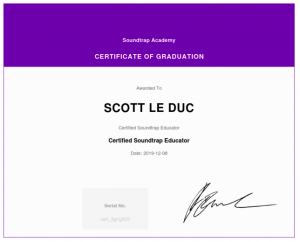
Tell your daily story here! Highlight what you learned and enjoyed most. Also, share what you needed to do to complete the day’s work. Problem-solving is one of the most important skills you need in life. Employers want to know HOW you get stuff done as much as what you got done.
nmm.hvv,jy. yuf u uyg kufh Write your daily summary last, at the end of the day here…
Write notes here…
Write learning reflection here…
Write about progress with your song STRETCH goal here…
Recorded ideas for the day here…
Write notes here…
Write notes here…
Write your daily summary last, at the end of the day here…
https://drive.google.com/file/d/1OPRHhq95NzRiMant1LsP9tPZnPH-zgsD/view?usp=sharing
Write notes here…
Write learning reflection here…
Write about progress with your song STRETCH goal here…
Recorded ideas for the day here…
Write notes here…
Write notes here…
